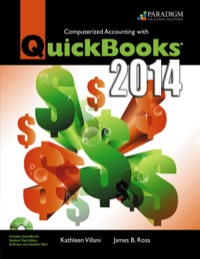Answered step by step
Verified Expert Solution
Question
1 Approved Answer
5. Efficiency of taxation. Suppose two perfectly competitive markets are completely unrelated and have identical equilibrium price & quantity, and the same price elasticities of

5. Efficiency of taxation. Suppose two perfectly competitive markets are completely unrelated and have identical equilibrium price & quantity, and the same price elasticities of supply and demand. They begin with no taxes, subsidies, or price controls (etc.).
a. Agree or disagree and explain (diagrams should help): It would be more efficient (lower DWL) to levee a $1 on each market rather than a $2 tax on one market and none on the other.
b. The tax base is the entity subject to taxation, for example, the number of cigarettes sold is the tax base for the cigarette excise tax, and the first $137,700 of payroll earnings is the tax base for the Social Security tax. A common maxim for tax efficiency in public finance is broaden the (tax) base, lower the rate. In a couple sentences, explain why that maxim makes sense based on your answer to part a.
c. Agree or disagree and explain: according to this maxim, all else the same, tax loopholes do not just appear unfair, they are economically inefficient. (Note: there are other tax efficiency conceptsIm not asking about those right now.)
Step by Step Solution
There are 3 Steps involved in it
Step: 1

Get Instant Access to Expert-Tailored Solutions
See step-by-step solutions with expert insights and AI powered tools for academic success
Step: 2

Step: 3

Ace Your Homework with AI
Get the answers you need in no time with our AI-driven, step-by-step assistance
Get Started


